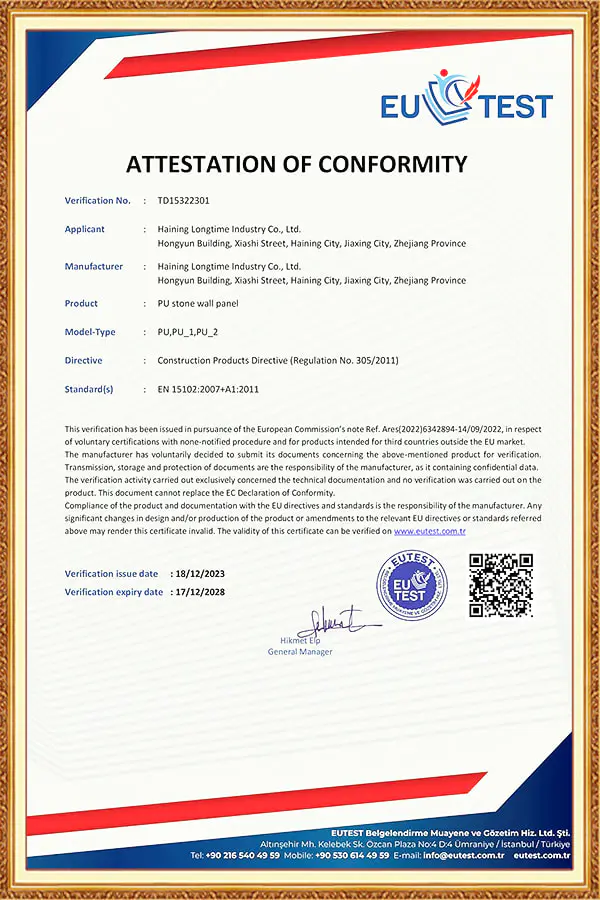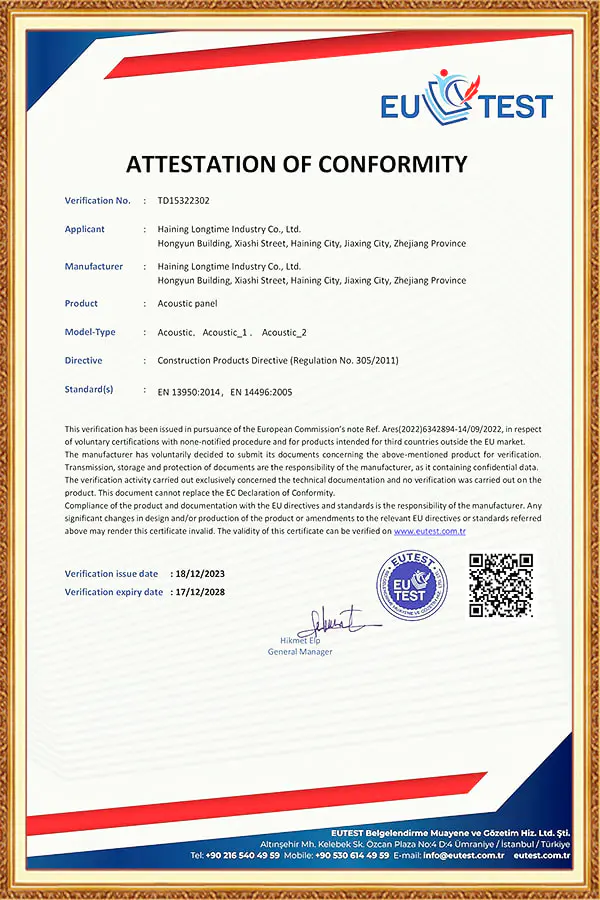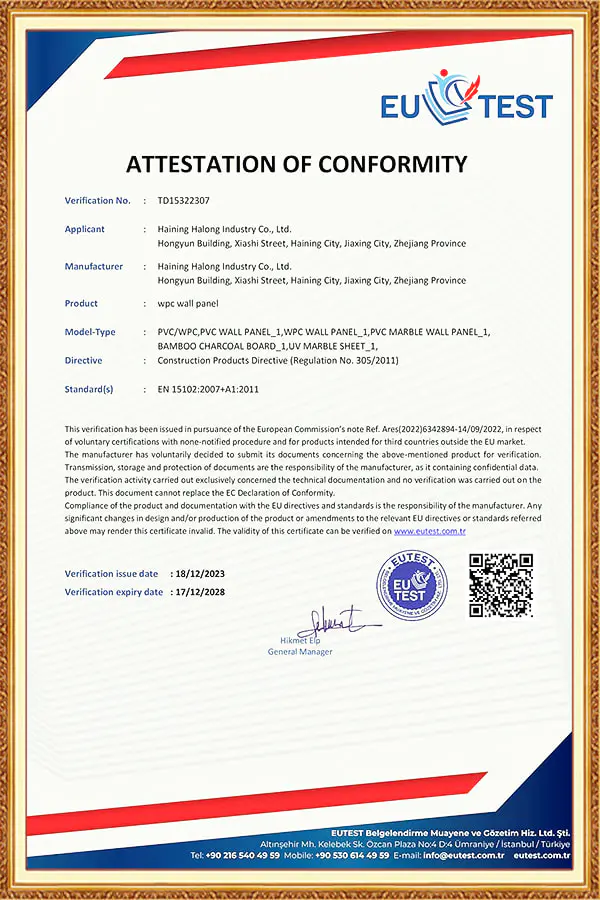




Introduction to Core Construction in wpc fence panels When selecting materials for a fencing project, professionals and wholesalers must make informed decisions based on a deep understanding of product characteristics. Among the various specifications for wpc fence panels, the internal core construc...
View MoreWhen selecting materials for a construction or renovation project, professionals and homeowners alike delve into the specifications that define a product’s quality and suitability. For overhead applications, the pvc ceiling panel has emerged as a prevalent choice, prized for its durability, moisture...
View MoreIn today’s construction and interior design market, efficiency, durability, and cost-effectiveness are critical factors when selecting wall materials. Among the many solutions available, bamboo charcoal PVC wall panels are increasingly recognized for their installation advantages. These panels combi...
View MoreHaining Longtime Industry Co., Ltd, a professional PVC ceiling panel manufacturer, is dedicated to providing customers with high-quality products. To assist renovation beginners with the proper installation and use of PVC ceiling panels, we have compiled the following guide on installation essentials and common issues.
Before you begin, ensure you have all the necessary tools and materials. While Haining Longtime Industry Co., Ltd provides high-quality PVC ceiling panels, correct installation is crucial for the final result.
Before installation, make sure the ceiling base is flat, dry, and free of oil and dust. If there are any uneven areas, they must be leveled first.
Based on the room dimensions and the ceiling design, plan the layout of the keel and mark the installation positions with a chalk line or pencil.
Light steel or wooden keels are typically used. The spacing between main keels is generally 40-60 cm. Ensure the keel is level using a spirit level.
Install a perimeter keel along all four walls to secure the edges of the ceiling panels.
Start by installing the first PVC panel from a corner of the room. Position the tongue of the panel toward the wall and fix it to the keel with nails or screws.
Tightly interlock the groove of the second panel with the tongue of the first. Then, secure the second panel with nails or screws. Continue this process to complete the entire ceiling.
During installation, especially in corners, leave a small expansion gap (about 2-3 mm) to allow for thermal expansion and contraction, which prevents the panels from deforming.
After installation, use PVC corner lines or trim strips to cover the gaps between the ceiling and the walls for a more polished look.
Even when using high-quality PVC ceiling panels from a factory like Haining Longtime Industry Co., Ltd, you may encounter some issues during installation. Here are some common problems and their solutions:
Cause: The keel may be uneven, or the panels were not pushed together firmly during installation.
Solution: Check if the keel is level and ensure each panel is fully interlocked. You can use a rubber mallet to gently tap the edge of the panel to ensure it snaps into place.
Cause: The primary reason is an unevenly installed keel.
Solution: Readjust the level of the keel, making sure all keels are on the same plane.
Cause: This is usually due to insufficient expansion gaps or significant temperature fluctuations.
Solution: Leave an appropriate expansion gap during installation, especially in humid or areas with large temperature variations.
Cause: Improper handling during transportation or installation.
Solution: Handle the panels with care and avoid contact with sharp objects. For minor scratches, a special repair kit can be used; if the damage is severe, the panel needs to be replaced.
We hope this guide helps you successfully install your PVC ceiling panels. If you have any further questions, feel free to contact us. Haining Longtime Industry Co., Ltd looks forward to providing you with satisfactory products and services.